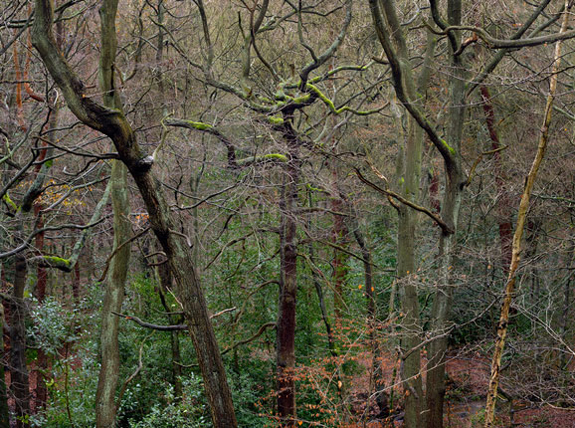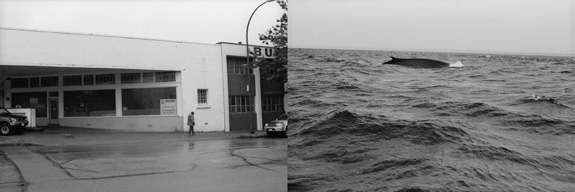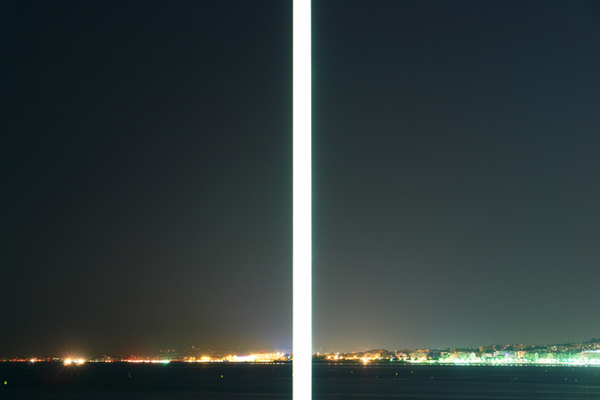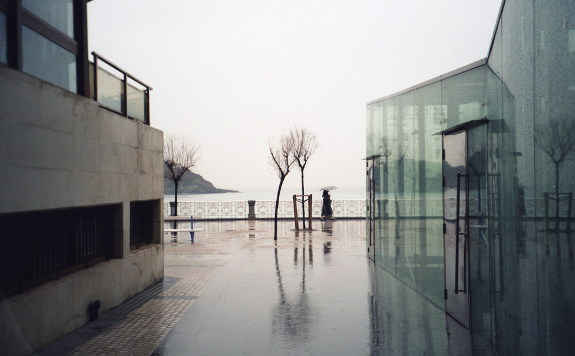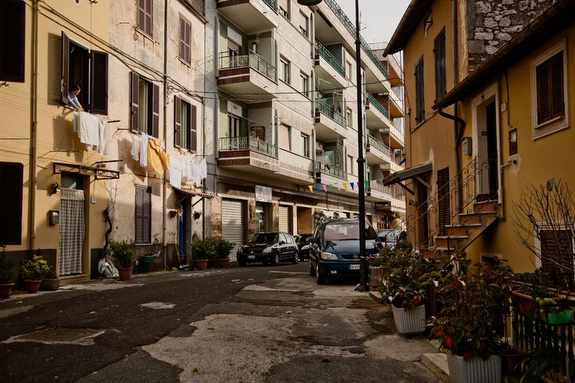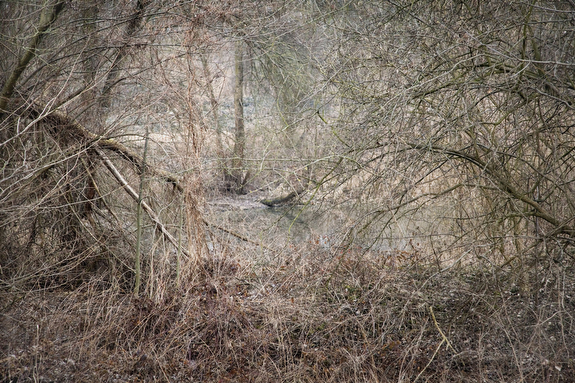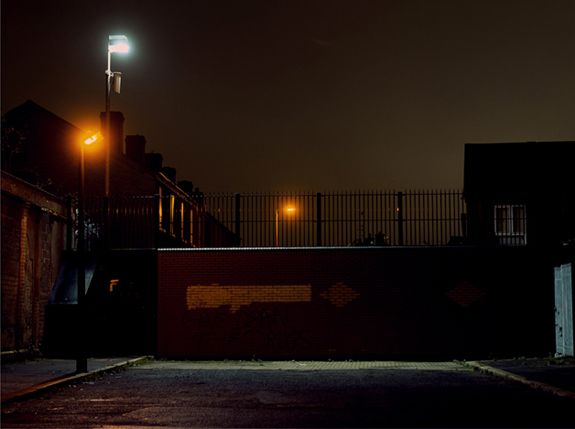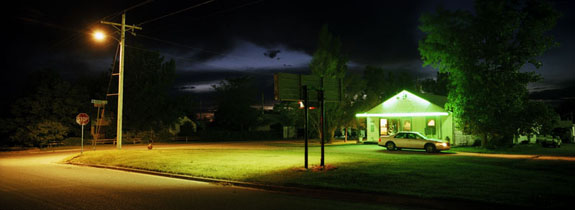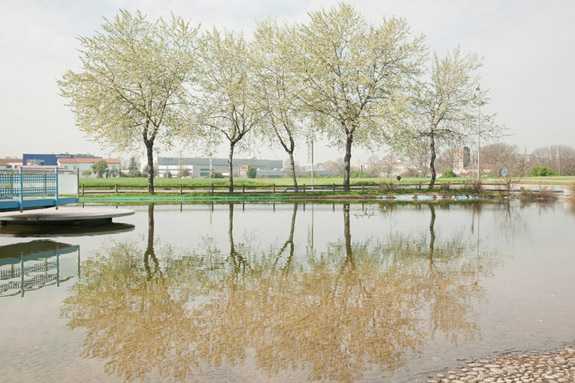
Over ten years ago, I started working at a company whose offices are located in an industrial park in Parets del Vallès, in the province of Barcelona, Spain.
From the first day, I was particularly struck by the combination of the lush natural environment of the Vallès Oriental region, and the existence of many structures, ranging from industrial ones, such as warehouses, to road and motorway networks, including power lines, railways and even farmhouses, which I viewed as a testimony to a rural past that had been left behind after the industrialization of the natural landscape.
After that initial surprise, I tried to imagine what that natural setting, which even today still retains much of its original beauty, was like decades ago.
These images suggest a walk through a territory shared by the natural and the constructed. The route is not a linear one, but one in which I try to catalog the different typologies of structures that can be found in that territory as a way to find out what makes it characteristic.
— Pedro Arroyo, Barcelona, Spain
